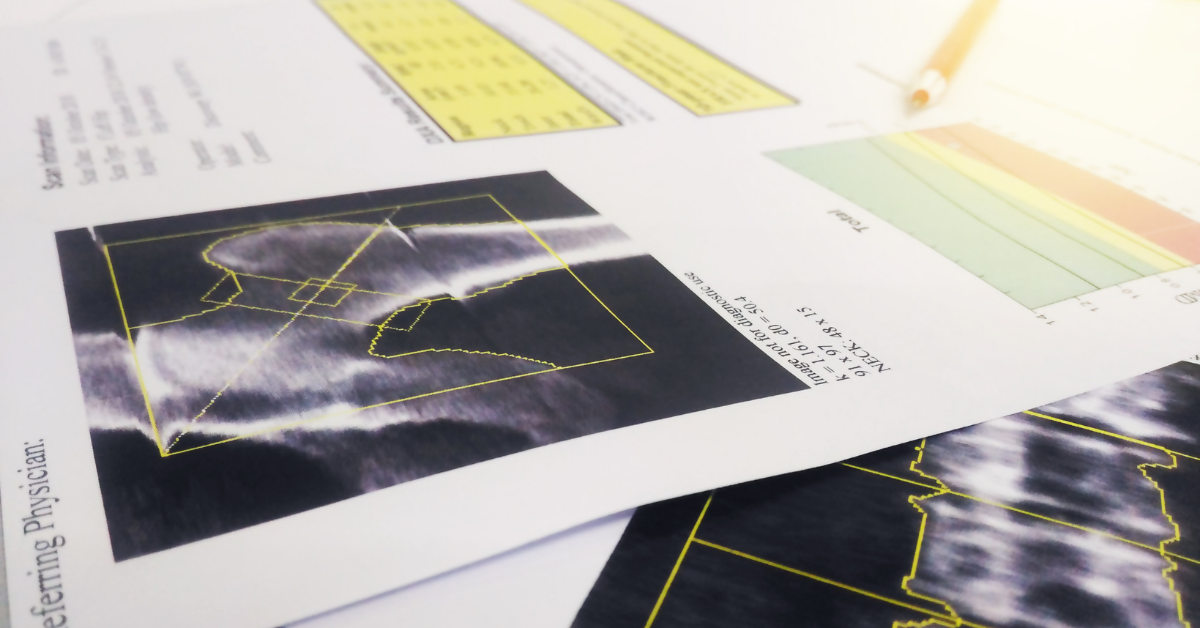UCGH Offers Cutting-Edge Technology with Bone Density Studies

Union County General Hospital offers the Cutting-Edge Technology with Bone Density Studies.
What is a bone density scan?
A bone density test is called a DXA, DEXA, or QCT. This is not the same as a bone scan. A bone density test measures the amount of mineral in the bones of your lower back, hip or sometimes the forearm.
Who should get a bone-density scan?
Younger women and men ages 50 and older should consider the test if they have risk factors for serious bone loss. We suggest a Bone Mineral Density (BMD) study if one or more risk factors are present.
This test is suggested for all women 65 years of age and older and in postmenopausal women younger than 65 years of age with clinical risk factors for fracture.
We suggest not performing routine BMD measurements in all men, but we do suggest measuring BMD in men who have clinical manifestations of low bone mass, such as radiographic osteopenia, history of low-trauma fractures, and loss of more than 1.5 inches in height, as well as in men with risk factors for any type fractures.
Risk factors include:
- Breaking a bone in a minor accident.
- Rheumatoid arthritis.
- A parent who broke a hip.
- Smoking.
- Drinking heavily.
- A low body weight.
- Using corticosteroid drugs for three months or more.
- Disorders associated with osteoporosis. (Osteoporosis is a common disease that is characterized by low bone mass and skeletal fragility, resulting in an increased risk of fractures.)
The goal of screening is to identify persons at increased risk of sustaining a low-trauma fracture who would benefit from intervention to minimize that risk.
Fracture Risk Assessment- Screening for fracture risk involves appropriate history and physical examination to assess for risk factors and measurement of bone mineral density (BMD).
How often should a bone density test be done?
A bone density test can be done every two years if your provider orders it. Most insurances will cover cost of the test for Health Wellness Programs. Also, if a patient is on certain medications for bone density improvement the exam may be ordered annually to check for improved bone density.
Did You Know? Vitamin D deficiency can lead to a loss of bone density, which can contribute to osteoporosis and fractures (broken bones). Severe vitamin D deficiency can also lead to other diseases. In children, it can cause rickets. Rickets is a rare disease that causes the bones to become soft and bend.
